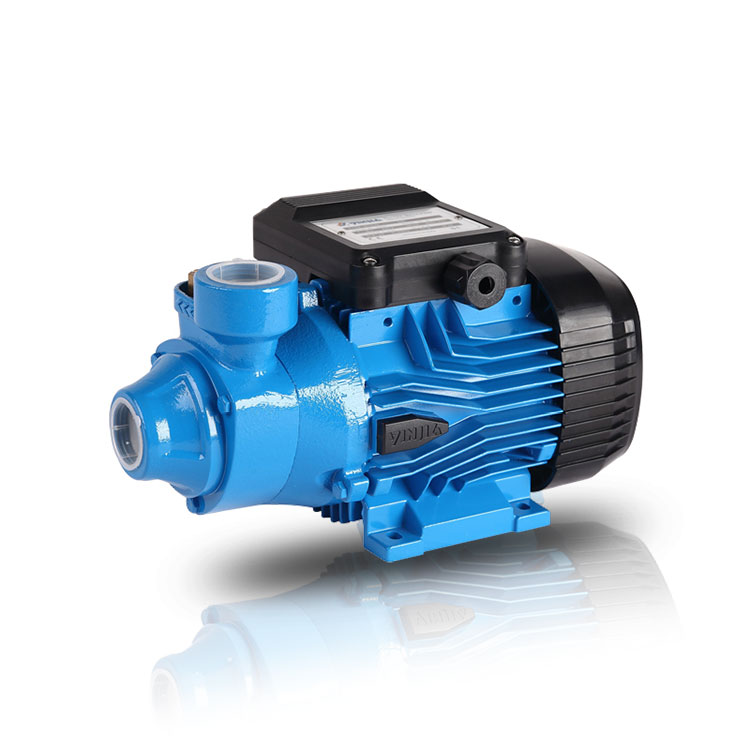Advantages and disadvantages of Peripheral Pump
2024-03-11
Peripheral pumps, also known as regenerative or turbine pumps, are a type of centrifugal pump commonly used in applications where high pressure and low flow rates are required. Here are some advantages and disadvantages of peripheral pumps:

Advantages:
1. High Pressure Capability: Peripheral pumps are capable of generating relatively high pressures compared to other types of centrifugal pumps, making them suitable for applications requiring high pressure delivery, such as boosting water pressure in domestic water supply systems.
2. Compact Size: Peripheral pumps are generally compact and lightweight, making them easy to install and maneuver in tight spaces. This makes them suitable for residential and light industrial applications where space is limited.
3. Quiet Operation: Peripheral pumps tend to operate quietly compared to other types of pumps, making them suitable for use in residential settings where noise may be a concern.
4. Efficiency: These pumps can achieve relatively high efficiencies, especially at higher pressures and lower flow rates, making them energy-efficient for certain applications.
5. Self-Priming Capability: Many peripheral pumps are designed to be self-priming, meaning they can evacuate air from the suction line and start pumping water without the need for manual priming. This feature makes them easier to use and maintain.
Disadvantages:
1. Limited Flow Rates: Peripheral pumps are typically designed for low to moderate flow rates, and their performance drops off significantly at higher flow rates. As a result, they may not be suitable for applications requiring large volumes of water to be pumped.
2. Limited Suction Lift: Peripheral pumps have limited suction lift capabilities compared to other types of pumps, such as self-priming centrifugal pumps or diaphragm pumps. This means they may not be suitable for applications where the pump needs to draw water from deep wells or reservoirs.
3. Sensitivity to Cavitation: Peripheral pumps are susceptible to cavitation, a phenomenon that occurs when the pressure of the liquid drops below its vapor pressure, causing bubbles to form and implode within the pump. Cavitation can lead to decreased pump performance, increased noise, and damage to pump components if not properly managed.
4. Limited Solids Handling: Peripheral pumps are not well-suited for handling liquids containing large amounts of solids or abrasive particles. Their impeller design is more susceptible to wear and damage from solids compared to pumps with open or semi-open impellers.
5. Limited Application Range: While peripheral pumps excel in certain applications requiring high pressure and low flow rates, they may not be suitable for a wide range of applications due to their limitations in terms of flow rate, suction lift, and solids handling capabilities.
Overall, peripheral pumps offer several advantages, such as high pressure capability, compact size, and quiet operation, but they also have limitations, including limited flow rates, suction lift, and sensitivity to cavitation. Careful consideration of the specific requirements of the application is necessary when selecting a pump type to ensure optimal performance and reliability.


